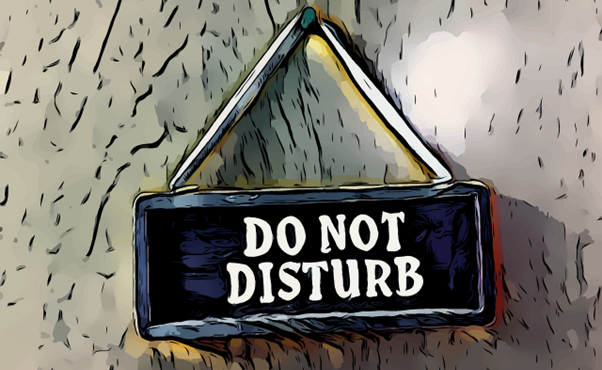
The “Right to Disconnect” and How to Prepare
From 26 August 2024, employees can exercise the right to disconnect and refuse to respond to contact or attempted contact from their employer (or a third party like a client) outside of their working hours, unless the refusal is unreasonable. Small businesses are exempt from the operation of these provisions until 26 August 2025.
The “Right to Disconnect” is a concept gaining traction worldwide as a means to combat the negative consequences of always being on-call. The Right to Disconnect refers to the right of employees to disengage from work-related communications outside of working hours, without facing repercussions from their employers.
In Australia, the “Right to Disconnect” was recently introduced as part of the second tranche of the “Closing Loopholes” Fair Work Act Amendments 2024. Similarly, Section 62 of the FWA already prevents an employer from requesting or requiring an employee to work more than 38 hours per week unless the additional hours are ‘reasonable’.
Therefore, the key issue will be what is considered “reasonable” contact. The legislation provides some guidance by setting out the following factors:
- – The reason for the contact.
- – The employees’ role and responsibilities.
- – Whether the employee is compensated to remain available after hours.
- – How the contact was made or attempted to be made.
- – The employees’ personal circumstances, including caring and family responsibilities.
- – Any risk posed to the health and safety of the employee.
- – Evidence of the work requirements.
Of course, implementing the Right to Disconnect is not without its challenges. In certain industries where round-the-clock availability is essential, such as healthcare or emergency services, striking the right balance between connectivity and downtime can be particularly complex. However, even in these contexts, measures can be taken to ensure that employees have adequate time for rest and recuperation.
A right to disconnect term will also be inserted into all modern awards by 26 August 2024.
Next Steps
Implementing the Right to Disconnect requires a collaborative effort between employers and employees. For example:
- – Employers should establish clear policies outlining expectations regarding after-hours communication and provide training to managers and employees on how to respect these boundaries.
- – Leverage technology to implement tools and processes that help manage communication overload, such as scheduling emails to be sent during working hours or utilizing chatbots to handle non-urgent inquiries outside of business hours.
- – Consult with employees about working hours and expectations.
- – Update Employment Contracts to support any requirement for employees to be reasonably available outside of working hours and whether their remuneration takes this requirement into account.
- – Include expectations for reasonable contact outside of working hours in Job Descriptions.
- – Ensure there are processes in place to eliminate or minimize risks to health and safety.
- – Manage the expectations of third parties including contractual documentations that deal with service delivery.
On the other hand, employees also play a crucial role in advocating for their right to disconnect. This may involve setting boundaries with colleagues and supervisors, resisting the temptation to check work emails during personal time, and prioritizing self-care activities that promote work-life balance.
In conclusion, the Right to Disconnect represents a crucial step towards creating healthier, more sustainable work environments in the digital age. By recognizing that employees are entitled to time away from work-related communications, greater well-being, productivity, and job satisfaction can be promoted.
News and ArticlesApr 24th, 20240 comments
About Us
At Human Resource Services Pty Ltd we provide cost effective outsourced HR, IR, WHS Management solutions and Permanent Placement Recruitment Services. We are here when you need us and we come to you!




